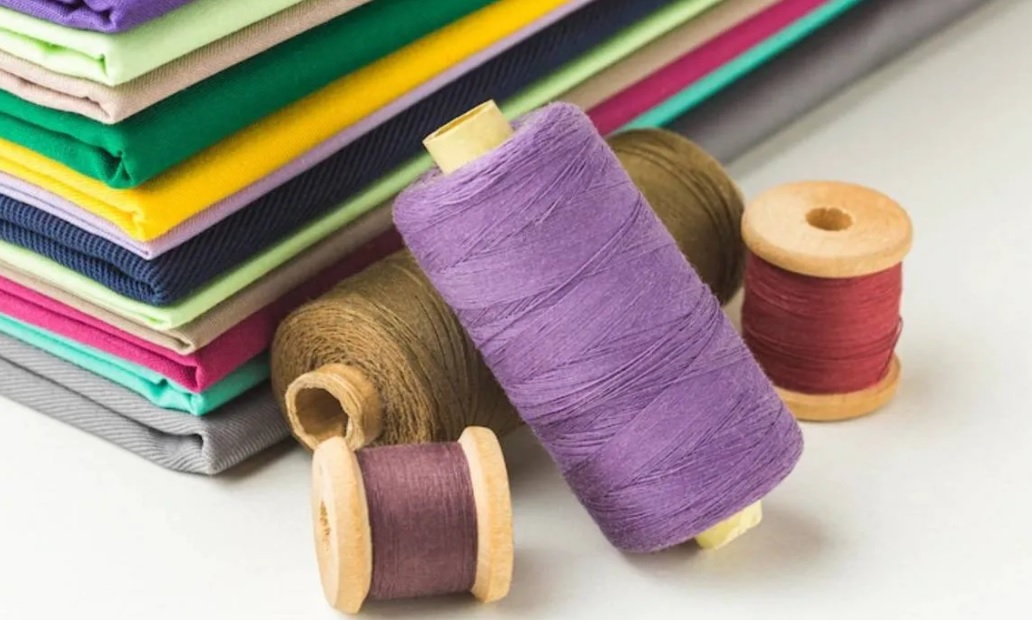
The fiber, yarn, and fabric industry is entering 2025 with a renewed sense of resilience and adaptation. While recent years have presented significant challenges, including supply chain disruptions, rising costs, and increased focus on sustainability, industry leaders are demonstrating a commitment to innovation and collaboration to navigate these obstacles.
Navigating supply chain disruptions
Businesses are increasingly adopting multi sourcing strategies and establishing production facilities closer to their main markets to reduce reliance on long-distance shipping and mitigate the impact of global disruptions. Moreover, companies are investing in real-time tracking systems and data analytics to optimize operations and ensure a resilient supply chain network. Collaborations across the supply chain are becoming more critical, with companies fostering strategic partnerships with local and international suppliers to improve agility and responsiveness.
Addressing rising costs and sustainability
Many companies are exploring renewable energy solutions to stabilize power costs and improve sustainability. And the rise in misleading environmental claims has led businesses to strengthen their traceability efforts through technologies like block chain-based digital passports. Companies are also developing sustainable solutions as they invest in research and development to create innovative materials and processes that meet both aesthetic and environmental standards. Transparency and traceability too are in focus as brands and consumers increasingly demand transparency about the origin and production processes of textiles. Solutions like block chain-based digital passports and DNA tagging are being adopted to ensure traceability and combat fraudulent claims.
Industry trends
Certain clear trends have emerged in the industry viz:
Nearshoring: Establishing production facilities closer to major markets is a growing trend, improving efficiency and responsiveness to customer demands. Companies like UNIFI are leveraging regional production chains to reduce lead times and ensure faster delivery to customers.
Digitalization: Technology adoption, such as real-time tracking and data analytics, enables companies to optimize operations and enhance supply chain visibility.
Sustainability: Investments in sustainable materials, recycling technologies, and circular practices are reshaping the industry's landscape. Companies like ISKO and NILIT are investing in research and development to create innovative, eco-friendly materials and processes. Collaboration with partners and a circular approach to design are becoming the norm.
Collaboration: Partnerships and collaborations across the supply chain are crucial for addressing challenges, sharing knowledge, and fostering innovation.
Improved planning and forecasting: Companies are focusing on better planning, communication, and forecasting to cope with unpredictable demand and disruptions. This includes investing in real-time tracking systems and data analytics.
Outlook for 2025 Industry leaders remain optimistic about the future, despite ongoing challenges. Companies that embrace innovation, invest in technology, and prioritize sustainability are expected to thrive in 2025. The industry is poised to emerge stronger, more resilient, and better equipped to meet the evolving demands of the market. Overall, the industry is moving towards a more sustainable, transparent, and resilient future. By prioritizing innovation, collaboration, and adaptability, fiber, yarn, and fabric businesses are well-positioned to overcome future challenges and meet the evolving demands of the market.












